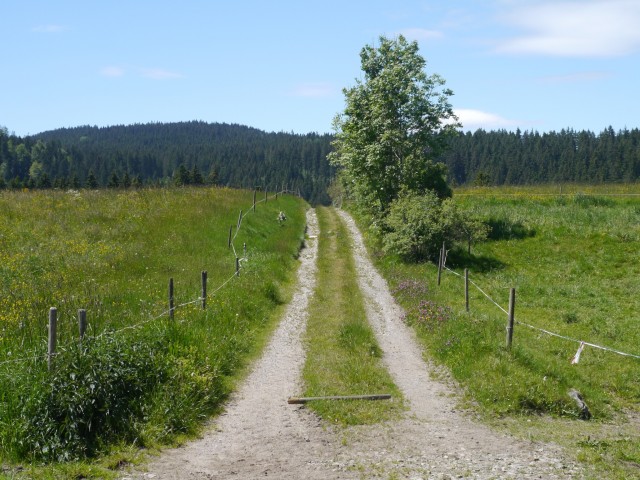
How long is the moment, the ongoing moment?
** Books mentioned have Amazon affiliate links, meaning I make a few cents if you purchase through my link. I only recommend books that I’ve read.
While away on vacation, I read a most interesting and wonderful book on photography, The Ongoing Moment. Author, Geoff Dyer, focuses his writing on well known photographers of history (Evans, Kertesz, Weston, Lange, etc.) and how they brought their unique styles to similar subject matter – hats, hands, benches, roads, barber shops, and more.
In our recent visual journaling workshop, we took note of symbols used in our photographs and what they might say about us. Symbols are subjects that have meaning beyond what they are. They convey universal ideas or beliefs and can have different meanings according to our own beliefs. The cross is a perfect example.
Below are some of my favourite quotes from the book on seeing, metaphors and symbols.
On not preconceiving, but seeing ….
Robert Frank in his Guggenheim application: “the project I have in mind is one that will shape itself as it proceeds, and is essentially elastic.”
Dorothea Lange: “To know ahead of time what you’re looking for means you’re then only photographing your own preconceptions, which is very limiting.” To her, it was fine to work ‘completely without plan’ and just photograph that to which she instinctively responds. She also said one of my favourite quotes, “The camera is an instrument that teaches people how to see without a camera.”
Henri Cartier-Bresson said that “photography was a way of comprehending.”
Bill Brandt: “Instead of photographing what I saw, I photographed what the camera was seeing.”
Edward Weston: “A photograph is not an interpretation, a biased opinion of what nature should be, but a revelation, an absolute impersonal recognition of the significance of facts.”
What makes (Robert) Frank unique, according to Wim Wenders, is an ability to take pictures out of the corners of his eyes.
Paul Strand: was asked how he chose the things he photographs. “I don’t, he replied. They choose me.”
Photography’s great difficulty lies in the necessary coincidence of the sitter’s revealment, the photographer’s realization, the camera’s readiness. ~ Edward Weston (from The Ongoing Moment)
On Metaphors and Symbols ….
Dorothea Lange claimed that every photograph was a self-portrait of the photographer.
Diane Arbus (known for photographing “freaks”): “Far from being gratuitous or sensationalist her photographs became metaphors of her own traumatic journey.”
On stairs: Atget often photographed stairs from the bottom, looking up – the stairs serving as metaphors for exhaustive endeavours that lie ahead, or possibilities for other views, other photographs. In Brassai, by contrast, the sense is always of stairs leading down … to a more intimate knowledge of a city… of the truth of a place being found in its basements.
On benches: Kertesz’s photographs seem always to be heading towards or looking forward to death, but it would be quite reasonable to suggest that they are always on the look-out for a bench. And the bench represents a kind of death. A bench is … on the bench: sidelined, condemned to spectate, peripheral.
Hammock by Jack Leigh: The powerful sense of absence derives, obviously, from the empty hammock – but that is the symbol, really of a less tangible absence: the absence of colours which are all the more vividly felt for being in black and white. Perhaps this is why it is an image, simultaneously, of contentment and yearning.
On Doors: The symbolic tradition of the doorway is as the boundary between life and death. The door ajar represents hope.
Just popping in quickly to say I love this blog entry after not being able to get in to comment! I can’t see what I’m writing because the font is so tiny and pale. Love your images of the path leading to the forest!
I think you would enjoy the book, Sandra. And, I do believe the comment problem is finally fixed. Thanks for sticking with me.